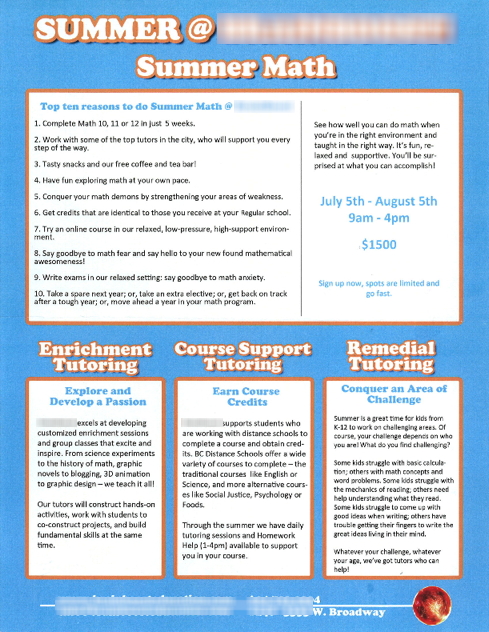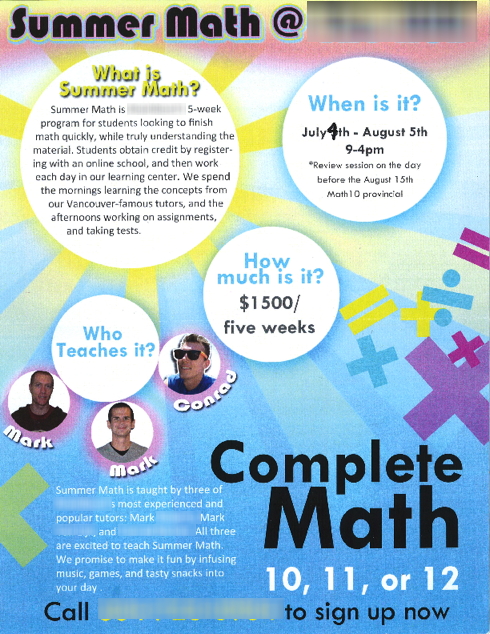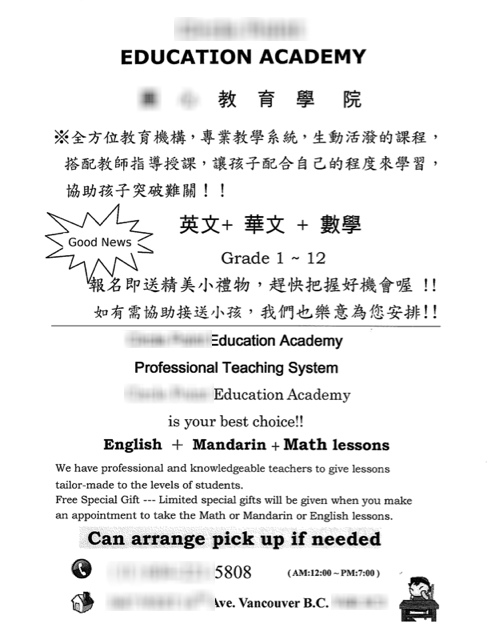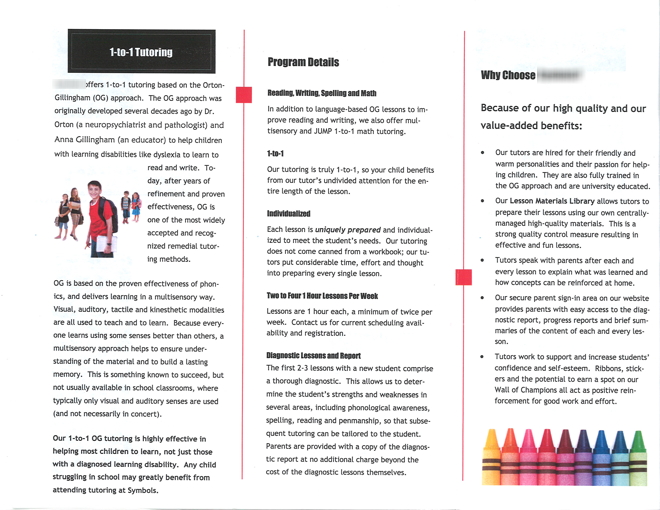In an editorial for the Globe & Mail on Oct 11, 2011 (“Alberta’s Education System Offers Lesson in Competition“), Tom Flanagan, a professor at the Univ of Calgary and presumed confidant of Prime Minister Harper, extolled Alberta schools for their status as higher ranking than “those of any other English-speaking jurisdiction in international tests of education competence”.
The editorial asks the question why exactly Alberta has been doing so well. This is a very worth while question to ask, even after considering whether standardized scores have much to say that’s meaningful. While many countries (who have done poorly, e.g. Germany, but also some who have done very well, i.e. Japan) are somewhat obsessed with PISA scores, these scores are largely ignored in Canada.
However, Dr. Flanagan hardly provides an answer to this question. He merely lists the many alternatives that are open to students and parents in Alberta. From the number of alternatives, Dr. Flanagan concludes that there is vibrant competition among these alternatives. By some unspecified leap of faith, he then concludes further that this competition must produce the excellence that is observable in Alberta.
It is this logic that underpins many of the arguments for supplementary education as well. Choice leads to competition among schools (or supplementary education institutions) which leads to excellence as only excellent options “survive” competition.
Yet, there is little more than apparent logic that speaks in favour of these links. Empirical evidence is scant at best.
For example, on charter schools, research in the United States has questioned whether such schools actually open up competition because geographic mobility inhibits further-away choices. Dr. Flanagan counters with bussing strategies in Albertan cities that bring options closer to interested students. Fair enough, yet ultimately the number of options that students and parents look upon as reasonable to consider is still very small.
Next, does choice actually produce competition and if yes, competition on what? The choices that Dr. Flanagan points to (from charter schools to various language immersion options) sound great and many of them would certainly be options that I would consider with my children (disclosure: my children are all enrolled in public French immersion schools in Vancouver), but few of these alternatives explicitly aim at pedagogical or outcome excellence, they seem to emphasize content options instead. By which logic does the presence of French or Mandarin immersion programs raise math achievement scores?
Some pedagogical alternatives do exist, of course. How do students and parents evaluate these options? Presumably on the basis of some kind of standardized testing and word-of-mouth. The latter is probably somewhat unreliable, even in smaller cities, but somewhat meaningful, while the former may be fairly reliable, but only meaningful for broad comparisons, much less so for the individual fate of a student within a given school.
It is precisely questions that emanate from a discussion about the role of choice and excellence that have driven me to research about supplementary education in Japan. Here’s an entire sub-education system that’s built around for-profit competition with no shortage of options and parents in metropolitan regions who are not inhibited at all about sending children 90 minutes on public transport to a specific juku. Yet, a diversity of options? Excellence?
The diversity of options is entirely restricted to a diversity of delivery methods (individual, small group, less and less large group, on-line, worksheets, etc.). There is virtually no curricular diversity in a supplementary education system that shadows conventional schools quite closely. The same holds for other countries where hypereducation has taken root, i.e. Korean or Taiwan in E Asia, or Brazil, Egypt, Turkey elsewhere around the world.
So in the end, I would certainly agree with Dr. Flanagan that choices, especially substantive and curricular choices for students are a good thing. However, I’m not sure what part, if any, of the observed excellence in standardized testing is due to the presence of choices.







